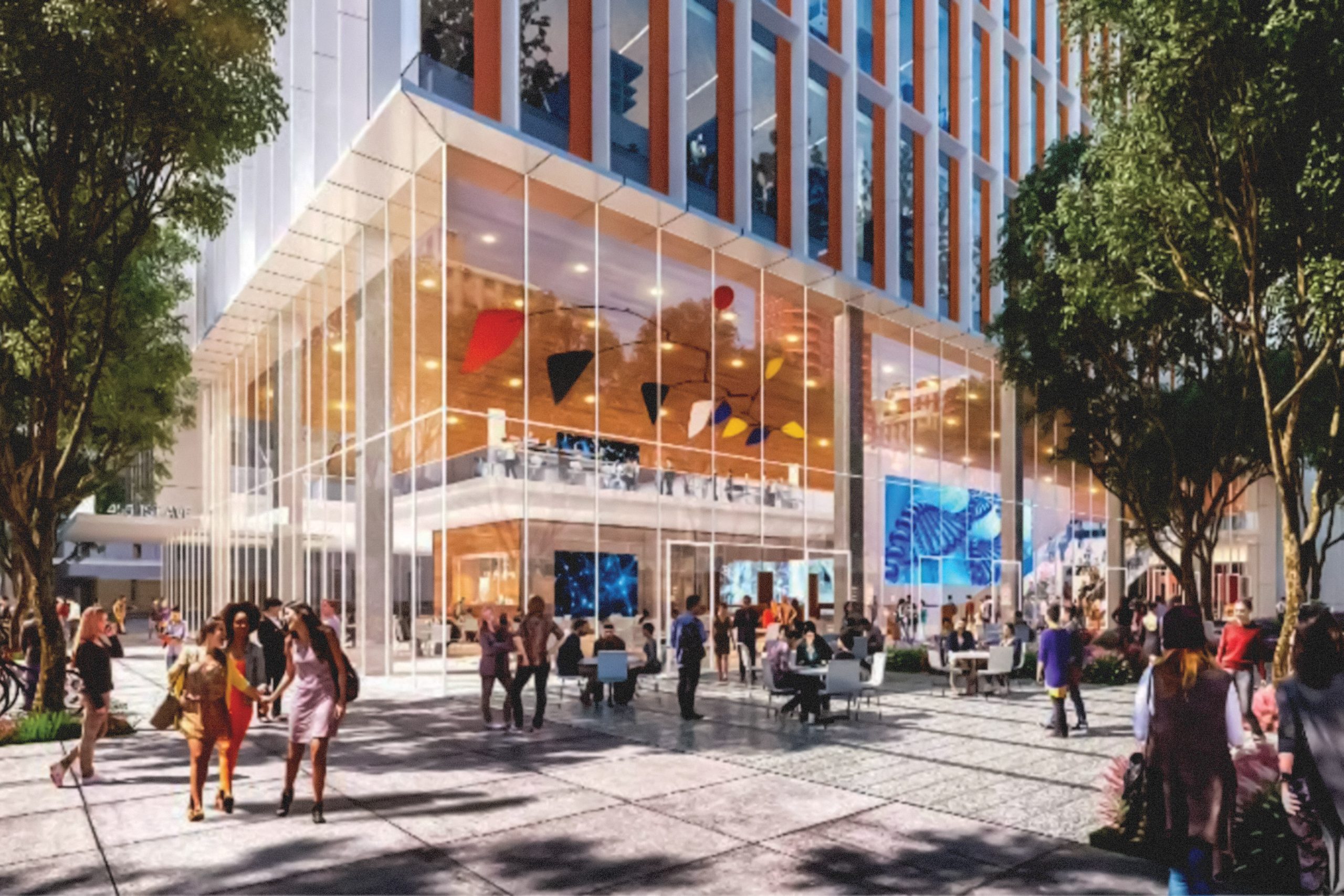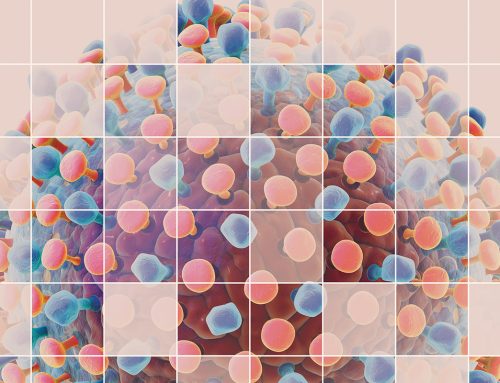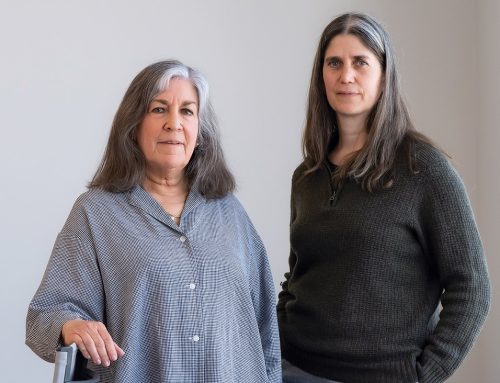
An architectural conceptual rendering of SPARC Kips Bay.

In October, CUNY and New York City and State leadership unveiled plans for the Science Park and Research Campus (SPARC) Kips Bay, a first-of-its kind innovation hub that will include expanded, modern facilities for CUNY SPH.
We sat down with Dean Ayman El-Mohandes to discuss the future of the school and the exciting opportunities the new campus will afford our students, faculty and community.
CH: How will the new campus shape the future of CUNY SPH?
AEM: This new project really helps us reach our dream of fulfilling the potential of our school in the broadest sense. Our footprint will be doubled which allows us to expand our classrooms and student space, we’ll have a state-of-the-art auditorium and very importantly we’ll have facilities for wet lab research. There is a whole field within public health focused on wet lab research and we are currently somewhat limited from hiring faculty and training students in that kind of research. Despite the tremendous success we’ve had in growing our research portfolio, all our research is dry labs centered, so that will be a major milestone for our school.
When are the CUNY SPH facilities expected to be up and running?
The current indication is that the space will be available for occupancy somewhere in 2027 or 2028. Our plan is to be able to fully occupy that space in a dynamic and productive way that requires a lot of planning ahead of time. There will be a big expansion in our research capacity and in our educational programs so we want to occupy that space in a full capacity once the facilities are available.
What sort of opportunities will the campus afford CUNY SPH students?
First of all, being within a health sciences campus allows us to expand a lot on joint degrees and dual degrees with other programs such as nursing. Likewise, the other health sciences programs will benefit from the opportunity of us being co-located. Secondly, there will be joint facilities like a library, a gym, a cafeteria, all of which can accommodate the needs of students across these various health sciences programs and allow our students to interact directly with those students. Our small numbers currently don’t allow us to have a state-of-the-art gym, for example, but once we have a campus with much-expanded student audience, these things will become more sustainable and cost-justifiable.
We aspire to maximize interdisciplinary opportunities for public health students because public health is at the core of interdisciplinarity. We work with physicians, nurses, social workers, educators, city planners, advocacy groups, communications and media vehicles, we work with so many different domains, and finding ourselves on a vibrant health sciences campus will definitely enhance our opportunities to practice what we advocate for and really allow our students to benefit from opportunities of interdisciplinary training and interdisciplinary experiential learning. Currently this is more challenging because we are an isolated campus. Once we are a more integrated campus, these opportunities will be easier to attain, easier to plan and more accessible for the students.
How will the new campus help facilitate faculty research activities?
The integrated campus will benefit our faculty much in the same way as it will benefit our students. It will allow faculty to interact directly with their peers in other health sciences domains and increases the likelihood of them finding common ground for joint research programs and joint research applications. So that will be very, very exciting. I personally find that physical co-location allows for collaboration and interaction at a much-enhanced level and hopefully we will create an environment that is attractive and comfortable to bring faculty back to the workplace in a way that is accommodating and successful.
For the first time, CUNY SPH has the opportunity to offer an undergraduate program in public health. What could this development mean for the school?
We are currently exploring the possibility of expanding our degree offerings to include undergraduate students. There are many opportunities with relatively small programs that feed into the public health workforce needs and as such creating an undergraduate program collaboratively will allow us to offer new job opportunities for students at the undergraduate level. It’s an opportunity also for us to create an undergraduate program that can feed into our graduate degrees, so some of these undergraduate students, those of them that excel, may choose to continue into our graduate degree. It’s a win-win situation for the school, for the workforce and for the community.
How will SPARC create a pipeline from local public schools to careers in health care and public health?
There is a proposed a high school on the campus which will focus on students looking for careers in health sciences. The school could be a direct feeder into undergraduate programs in public health. We also may be able to enrich the public health offerings within the curriculum of that school and as such enhance the awareness of the students as to the career opportunities in the field.








